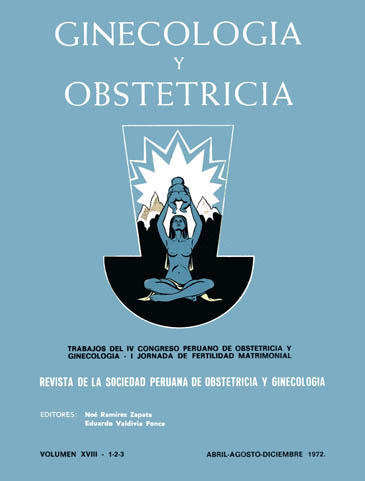Stress urinary incontinence. Clinical diagnosis
DOI:
https://doi.org/10.31403/rpgo.v18i1465Abstract
In short, we believe that having done the analysis of different methods for the study and diagnosis of the IOE in order to make discrimination which corresponds to it and which could be due to a pathology associated, we can say: we understand in the diagnosis of SUI should be used in a coordinated and successively the various methods, which are not exclusive in this study but instead are complementary. That we believe may be useful as a diagnostic start with static methods tactic: a) Determination of residual urine - b) The uretrometría - c) Stress tests - d) Cystoscopy - e) Exploring reflexes Bors - f) cystography. That diagnostic study should be continued with dynamic methods: a) The simple cistonometría - b) The uretrocistonometría - c) The voiding cineftuoroscopía.Downloads
Download data is not yet available.
Downloads
Published
2015-07-22
How to Cite
Archard, A. (2015). Stress urinary incontinence. Clinical diagnosis. The Peruvian Journal of Gynecology and Obstetrics, 18(1-2-3), 103–116. https://doi.org/10.31403/rpgo.v18i1465
Issue
Section
Congreso
















